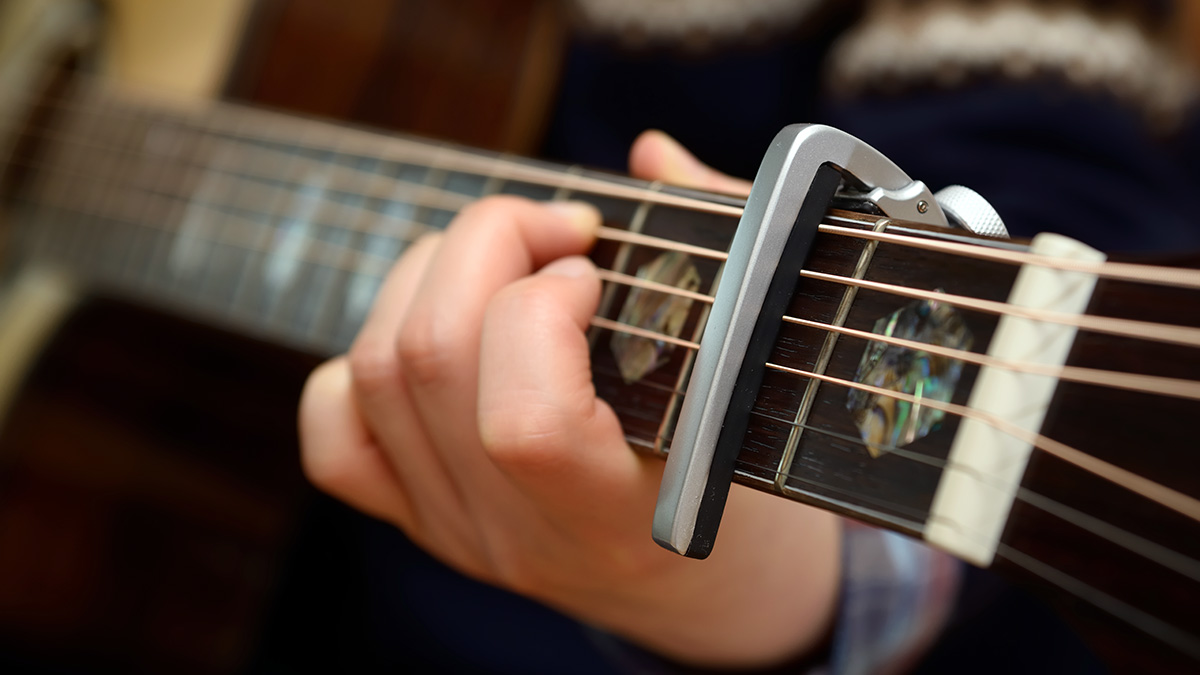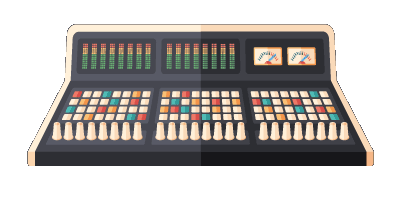How to distinguish intervals by Ear

Ear training is a fundamental skill that every musician stands to benefit from developing. At the core of that skillset is the ability to easily identify and distinguish between musical intervals, or the space between two notes.
This is the foundation that musicians need to identify entire chords, progressions, scales and modes. Luckily, that's what ToneGym is built for, and we're here to help you make identifying intervals by ear a breeze. Five tips towards sharper ears starts now.
1. Find References
References are common examples of each interval used in a contemporary or common piece of music. We use these references to remember their sound. Unless you have perfect pitch, learning to distinguish between intervals without references is like trying to make a fire in the pouring rain. It's not going to work! We learn references to put intervals into context. Hearing these sounds in the music we are familiar with brings them to life. At first, these references will help us to check our work and to sing intervals on-demand using our 'inner ear' (this is called audiation). While at first, your references act like training wheels to keep you on track, they will eventually fade away as you come to recognize the sound of each interval automatically.
Here is a list of references for every interval. You can find more references and share yours on the ToneGym Café!
- Minor 2nd - 'Jaws'
- Major 2nd - "Frère Jacques'
- Minor 3rd - 'Greensleeves'
- Major 3rd - 'Kumbaya'
- Perfect 4th - 'Here Comes the Bride'
- Tritone - 'The Simpsons'
- Perfect 5th - 'Star Wars'
- Minor 6th - 'Johanna' (Sweeney Todd)
- Major 6th - 'NBC Chime'
- Minor 7th - 'Somewhere' (West Side Story)
- Major 7th - 'Take on Me' (chorus)
- Octave - 'Somewhere Over the Rainbow'
2. Consonance vs. Dissonance
Consonant intervals are intervals whose vibrational frequencies cross in complimentary, evenly divisible patterns or cycles, thus sounding pleasant to the ear. Dissonant intervals are intervals that clash or cancel each other out, giving the impression that the notes are grinding against each other in a way that makes them sound 'unpleasant' and unstable.
a. Consonant waveform
b. Dissonant waveform
Being able to tell the difference between consonant and dissonant intervals can go a long way in telling intervals apart by ear. An interval is either consonant or dissonant, so learning to hear the difference right away helps to narrow down the possibilities.
Examples of consonant intervals are the perfect 5th, 4th, minor and major 3rd, minor and major 6th, and the octave.
The dissonant intervals are the minor and major 2nd, minor and major 7th, and the tritone.
3. Train your ears
Once you've got a set of reference intervals (preferably from the music you actually enjoy), it's time to train your ears and get as many reps as possible. You can start practising using the 'Lander', 'Intervalis' and 'Departurer' games available via your ToneGym account. These games present unique challenges that will train you to distinguish between intervals in ascending and descending order, and when played simultaneously.
Intervals are first taught in the following order:
- Octave (P8)
- Perfect 5th (P5)
- Perfect 4th (P5)
These fundamental intervals are a great starting point of reference for ear training. Historically, men and women chanted or sang together in church. The male and female voices are naturally one octave apart, making the octave (P8) the first 'harmony', and one of the most easily identifiable intervals.
Later, easily identifiable dissonant intervals like the tritone and minor 2nd will be introduced. These intervals are so unique that they stand out like a sore thumb against the consonant sounds of the perfect 4th, 5th and octave. As your ear training progresses, you'll start identifying minor and major 3rds, and 6ths, which can be the most challenging for many people to identify. The further away the interval goes from the root, or first note you hear, the more difficult it can be to discern.
One trick is to use the perfect 5th as a point of reference for intervals like the minor 6th. If you can sing or hear the 5th, you have a life raft that helps you float closer to the sound of the 6th. The major and minor 7th can also be difficult to identify. A quick tip is to sing the octave, then descend slowly, and see if you can land on the sound of the 7th.
When in doubt, always go back to your references to check your work, don't guess. Hum or imagine the song that you've chosen for the perfect 5th or minor 3rd interval, and compare it to the interval presented in the game.
4. Actively Listen
The most critical step in learning anything as it pertains to music is to listen. Absorbing the sound of music over time makes understanding that music a whole lot easier. We all listen to music, but when it comes to developing our ears, actively listening is more like it. The process of active listening means listening to music with intention. Specifically listening to music with the intention of identifying the sounds of various intervals is a good way to practice distinguishing intervals as we develop our ears.
Try putting on a piece of music you are familiar with, and listen for the sound of the 5th, or dissonance. Find a tritone, or listen for the minor 3rd. You can repeat this process with the same song, or others.
Something I often do is to actively listen to music in public places, and on TV. Whether it's at the grocery store, gas station or on the radio, take advantage of every opportunity to get in a little extra practice. Try identifying and picking out intervals in commercials, jingles, in the music at the store, or even from kitchen appliances. My microwave generates a tritone when it's on. I picked that up one day while I was cooking. When you practice these steps for long enough, you'll begin to automatically distinguish between intervals, without any references. Having a deeper understanding of music is pretty cool, and having a set of well-trained ears at your disposal to better appreciate what you're hearing and playing is an incredible tool to aid in achieving your musical goals and dreams!



Comments:
Feb 25, 2021
Feb 24, 2021
Login to comment on this post